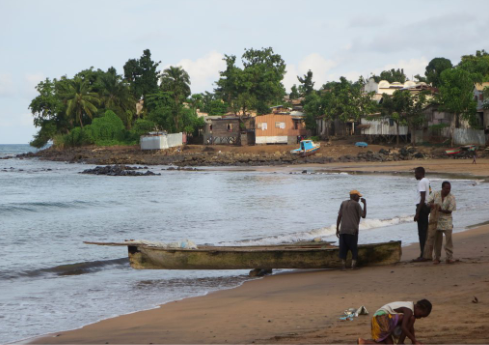The United Nations Development Program is seeking consultants to conduct feasibility studies for a 2 MW solar project and three mini hydropower plants ranging in size from 1.15-2 MW in São Tomé and Principe.
The facilities, which will be a mix of grid connected and off-grid assets, are intended to improve power supply in the West African island nation.
The $1 million studies will be financed by the UN’s Green Climate Fund. Consultants have until Wednesday to offer their services for the tender.
The African Development Bank says São Tomé & Príncipe has an electricity access rate of around 70% and installed power generation capacity of 35 MW, some 95% of which comes from thermal power. Of that theoretical capacity, however, only 58% is available, due to ageing generation assets and lack of maintenance.
Utility crisis
The Macauhub website which reports on relations between China and Portuguese-speaking countries quoted Celestino Andrade, MD of São Tomé & Príncipe state-owned utility EMAE as describing his electric company as “technically insolvent and [in] need [of] urgent restructuring.”
The International Monetary Fund this month reported the island’s energy crisis is partly responsible for its tough economic situation. “In 2018, growth slid to 2.7%, reflecting declining foreign inflows, energy shortages and political uncertainty,” stated the organization, adding: “higher prices for fuel and fish and vegetables drove inflation to 9%; and international reserves declined by $16 million. The authorities agree that it is critical to reform EMAE, which only pays a fraction of its oil supply bill. To ensure the country’s energy security and curb the accumulation of new debt, the management improvement plan at EMAE and the least-cost development plan should be implemented expeditiously, with the support of the World Bank, to reduce losses, particularly through expanding renewable energy production.”
Macauhub reported the monopoly-holding utility owes around $140 million to national fuel and oil company ENCO and $80 million to other suppliers and spends $2 million per month on 2.2 million liters of fuel for its interconnected and isolated power plants.






